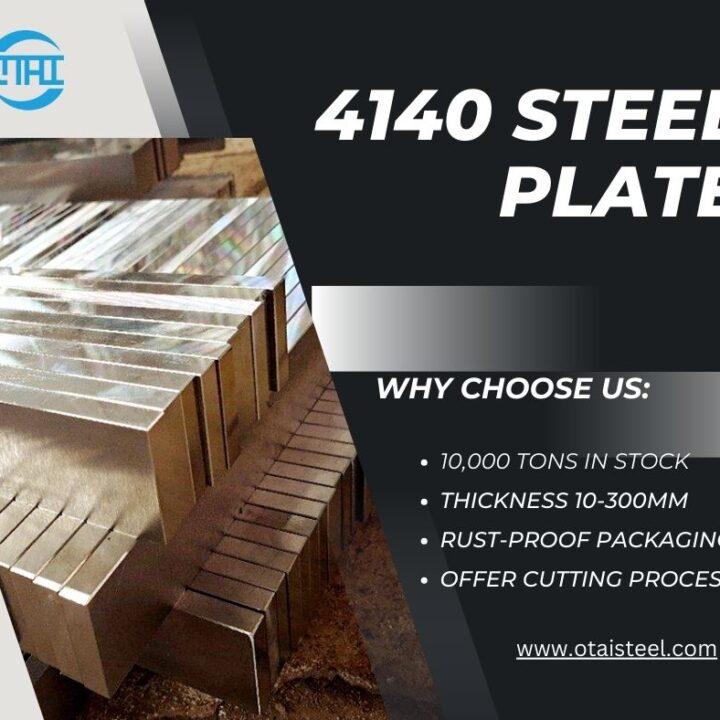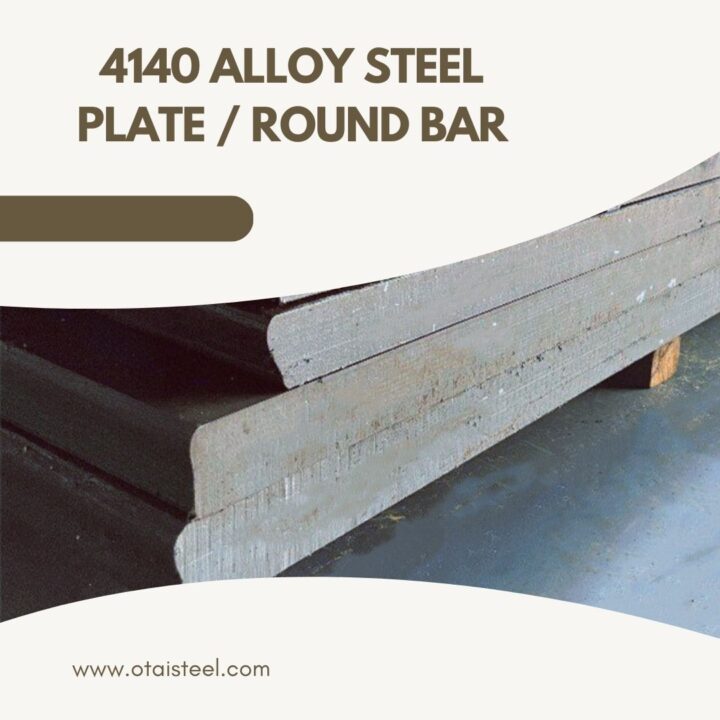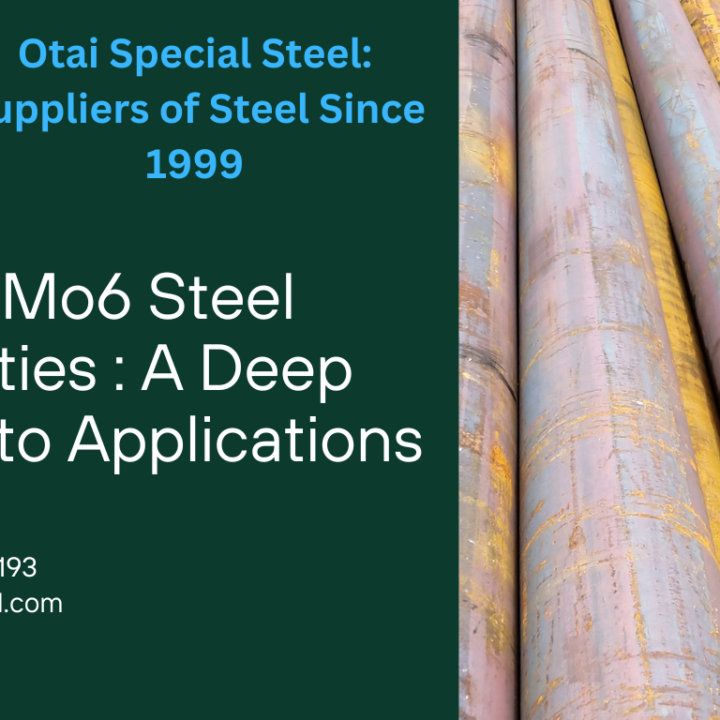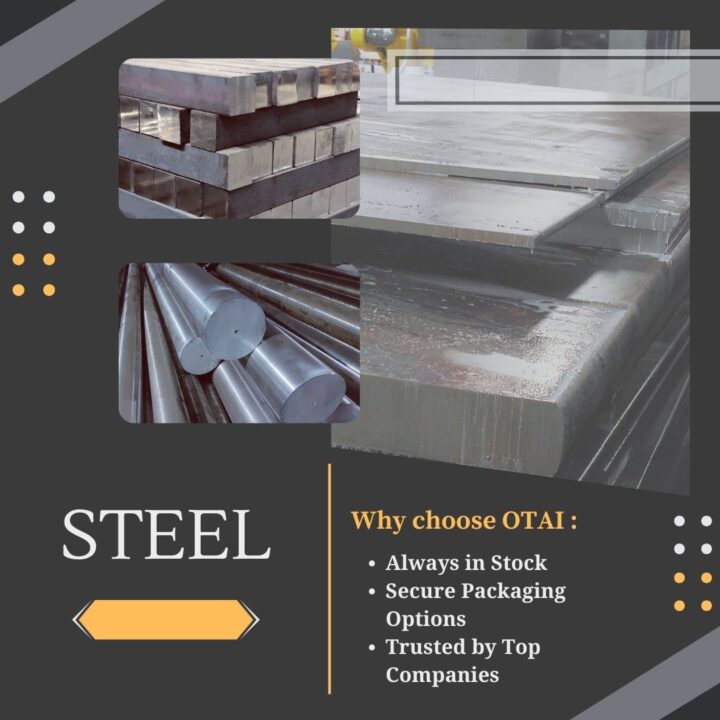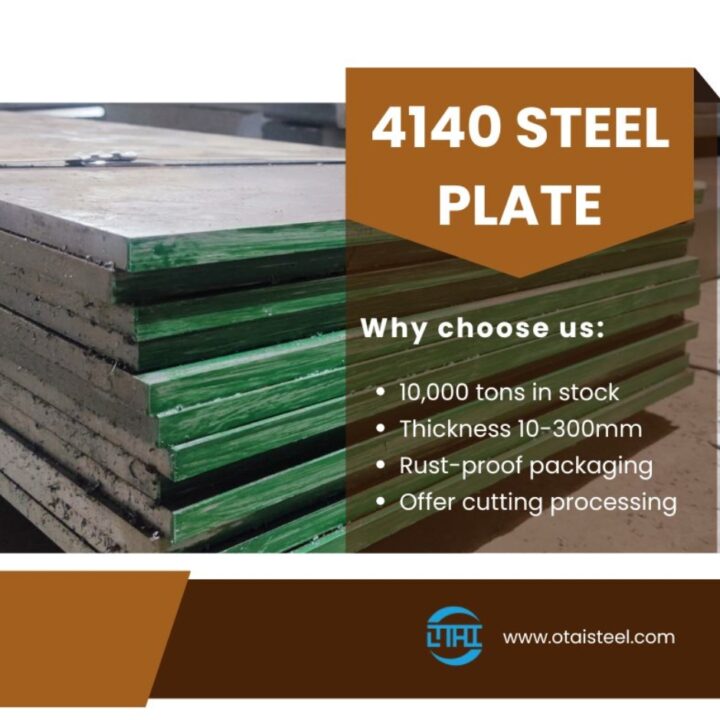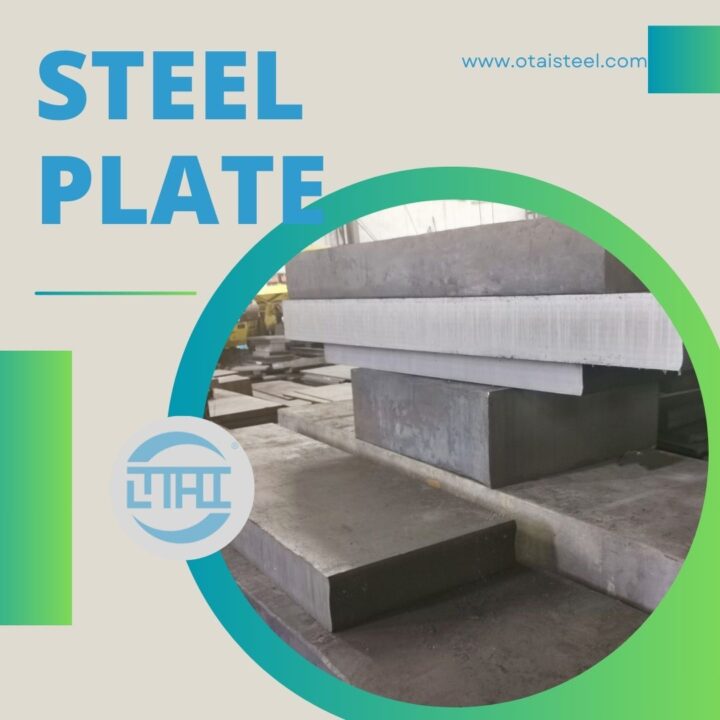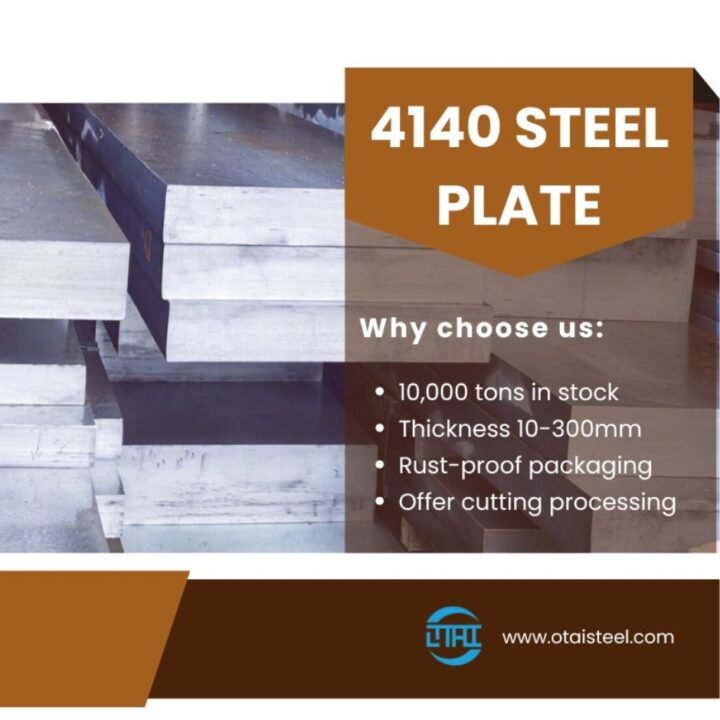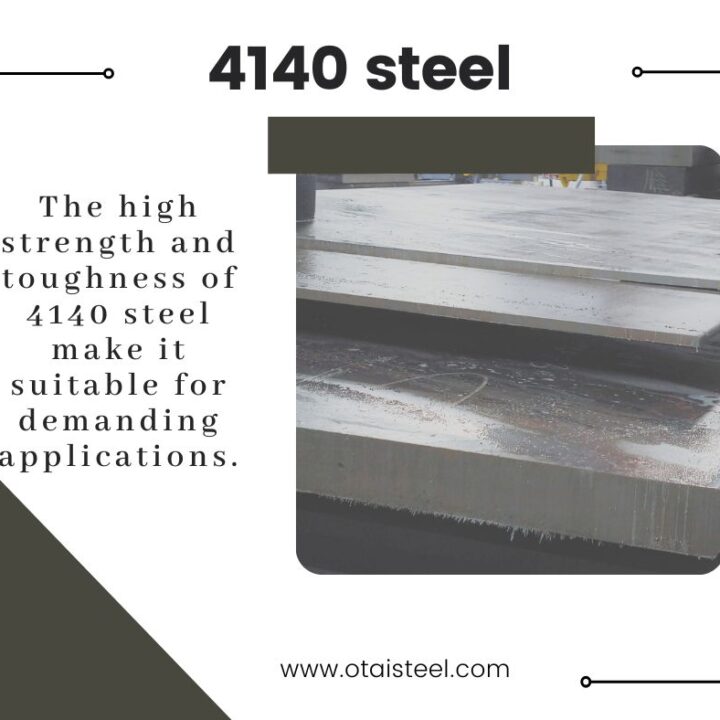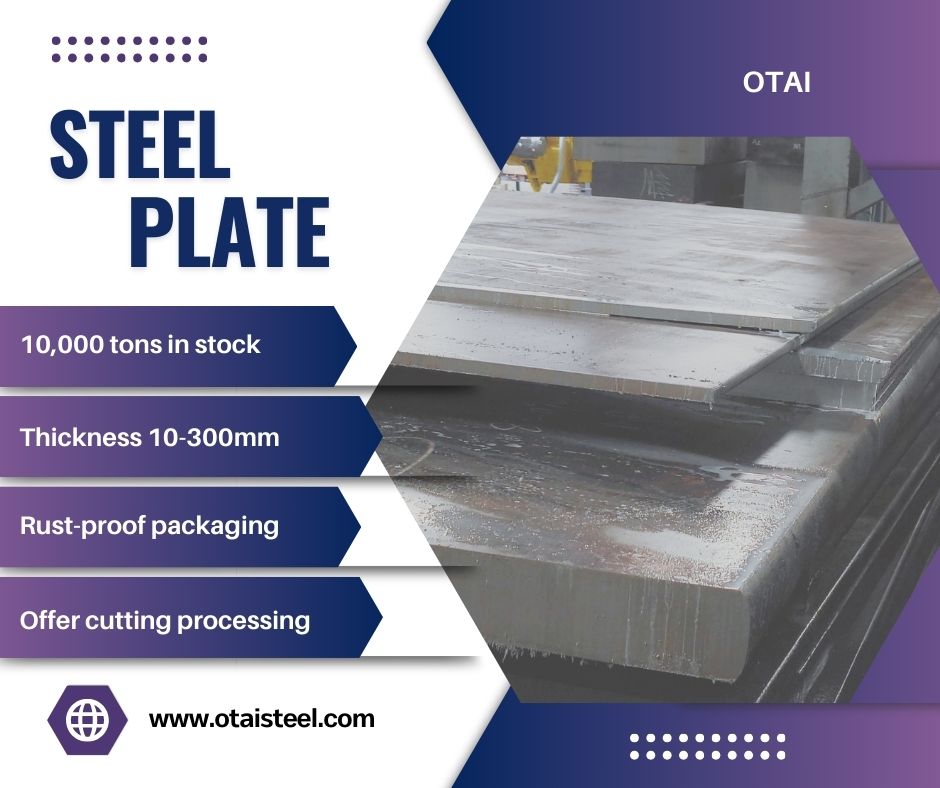 4140 steel uk equivalent: A Global Material with Local Impact
4140 steel uk equivalent: A Global Material with Local Impact
Introduction
In the realm of steel manufacturing and fabrication, few materials rival the exceptional properties of 4140 steel. Revered for its high strength, toughness, and superior hardenability, 4140 steel has earned widespread acclaim across diverse industries.
1. Introduction to 4140 Steel
- 1.1 Definition and Chemical Composition
4140 steel, also known as AISI 4140, is a chromium-molybdenum alloy renowned for its robustness and resilience. Its composition typically includes chromium and molybdenum, which impart enhanced properties critical to its performance.
- 1.2 Physical and Mechanical Properties
The physical and mechanical attributes of 4140 steel make it exceptionally versatile. It boasts high tensile strength, yield strength, and elongation, attributes that can be further augmented through heat treatment processes.
- 1.3 Comparison with Other Alloy Steels
4140 steel stands out among alloy steels due to its optimal balance of strength and toughness, making it a preferred choice for applications necessitating these combined characteristics.
2. Applications of 4140 Steel
- 2.1 Industrial Equipment
Due to its durability and resistance to wear, 4140 steel is extensively utilized in manufacturing industrial equipment. Particularly components subject to heavy loads and severe operational conditions.
- 2.2 Mechanical Manufacturing
In mechanical manufacturing, 4140 steel is prized for its reliability in producing gears, shafts, and other critical components that demand strength under stress and precision engineering.
- 2.3 High-Performance Tool Manufacturing
4140 steel’s ability to maintain shape and hardness under pressure makes it ideal for high-performance tools like dies and cutting implements. Ensuring durability and consistency in demanding environments.
3. Heat Treatment of 4140 Steel
- 3.1 Detailed Process
Heat treatment processes such as normalizing, annealing, quenching, and tempering are crucial for optimizing the microstructure of 4140 steel, thereby enhancing its mechanical properties.
- 3.2 Impact on Material Properties
Effective heat treatment significantly elevates the hardness, toughness, and overall performance of 4140 steel. Making it suitable for strenuous applications requiring enhanced strength and wear resistance.
- 3.3 Best Practices and Considerations
Adhering to best practices during heat treatment—meticulous temperature control, precise cooling rates, and post-treatment protocols—is essential to achieving the desired mechanical properties without compromising integrity.
4. Welding of 4140 Steel
- 4.1 Welding Methods and Preparation
Successful welding of 4140 steel hinges on meticulous preparation, including preheating and employing appropriate welding techniques to mitigate cracking and ensure strong, durable joints.
- 4.2 Considerations During Welding
Careful management of heat input and controlled cooling rates during welding are imperative to minimize thermal stress and distortion, safeguarding the structural integrity of the weld.
- 4.3 Post-Welding Treatment and Inspection
Post-weld heat treatment may be necessary to restore and certify the mechanical properties of 4140 steel after welding. Rigorous inspection and testing procedures validate weld quality and durability.
5. 4140 steel UK equivalent
- 5.1 42CrMo4 and 42CrMoS4
In the UK, 4140 steel finds counterparts in 42CrMo4 and 42CrMoS4, alloys offering similar chemical compositions and mechanical strengths crucial for applications demanding robust performance.
- 5.2 Other International Equivalents
Beyond the UK, global equivalents like DIN 1.7225 in Germany and JIS SCM440 in Japan underscore the universal acclaim for 4140 steel, recognized for its consistent properties and reliability worldwide.
- 5.3 Advantages of Equivalent Materials
Opting for equivalent materials to 4140 steel ensures accessibility, interchangeability, compliance with global standards, and cost-effectiveness. Bolstering its appeal across diverse industrial applications.
6. Advantages of 4140 Steel
- 6.1 Why Choose 4140 Steel and Its Equivalents
The unparalleled properties—strength, toughness, and wear resistance—render 4140 steel and its equivalents indispensable for applications demanding reliability and performance longevity.
- 6.2 Availability and Cost Efficiency
Abundant availability and economic feasibility of 4140 steel and its equivalents support a stable supply chain, reinforcing their viability for cost-conscious industries without compromising quality.
- 6.3 Superior Performance in Specific Applications
4140 steel and its equivalents excel where superior strength, durability, and resistance to wear are paramount, setting benchmarks in performance where alternative materials fall short.
7. OTAI’s Unique Selling Points
- 7.1 Constant Stock Availability
OTAI maintains a substantial inventory of 10,000 tons of 4140 steel, ensuring prompt access to materials critical for seamless operations and swift project execution.
- 7.2 Cutting and Processing Services
In addition to supply, OTAI offers precision cutting and bespoke processing services, tailored to meet exact customer specifications and project requirements with unrivaled precision.
- 7.3 Packaging Services
OTAI prioritizes material integrity with comprehensive packaging solutions—from banding to rust-preventative measures—that safeguard 4140 steel during transit and storage, preserving its pristine condition.
- 7.4 Successful Supply to Fortune 500 Companies
OTAI’s trusted partnerships with Fortune 500 companies underscore its commitment to quality assurance and customer satisfaction, validating its status as a preferred supplier of 4140 steel.
Case Study Analysis
To be developed with specific examples illustrating the successful application and benefits of 4140 steel and its equivalents in industrial and mechanical manufacturing settings.
